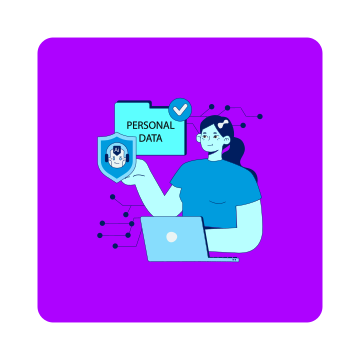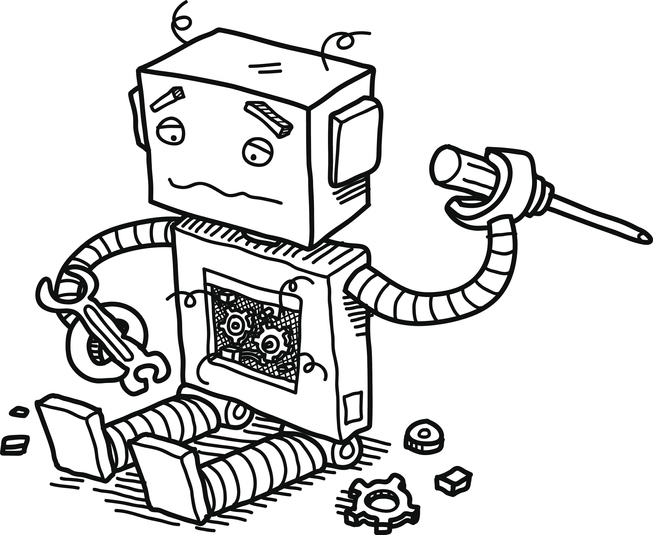The Risks of AI in RPA and How to Avoid Them
Unofficially, I think it’s safe to label 2023 in tech as the year that saw the rise of AI, where it spent most of the time under the spotlight on center stage. Most projections agree that 2024 won’t see any downturn in popularity, stagnation of artificial intelligence’s growth, or a slowdown of its encroachment into how companies do business.
How AI will impact RPA is a topic we’ve covered before. After all, artificial intelligence in automation is nothing new—it’s called intelligent automation; however, that will not be the only application AI will have with RPA.
With the growing prominence, adoption, and usability of low-code/no-code development platforms, AI’s influence on RPA design and delivery is already being witnessed and felt. Solutions like Microsoft Copilot enable the average business user to deliver simple automations independent of IT resources.
On one hand, this is a great way to achieve RPA at scale. Conversely, significant risks are associated with the accelerated, unregulated delivery of automation that AI coupled with RPA solutions provides. Here they are, in addition to what you can do to mitigate those risks.
The Potential Risks of AI-Assisted Automation Delivery in RPA
A major challenge that organizations cite – particularly in Blueprint’s annual research on the State of RPA – is automation governance. With the introduction of AI-assisted RPA delivery, governance is going to become a lot more complex and challenging because of the following potential risk factors:
Low-Quality Automations
One of the major risks with implementing AI-assisted RPA design and delivery is accumulating poor-quality automations. With limited IT oversight, standards, or best practices to follow, your automation practice could start to resemble the Wild West, where ad-hoc rules are created and poor-quality automations that lead to errors and outages are the result.
Increased Maintenance and Support Issues
Because AI-assisted RPA delivery increases the probability of low-quality automations being pushed into production, this will most likely lead to higher maintenance efforts and support issues created.
When outages occur and errors from faulty automation are thrown, someone (normally a highly skilled IT employee) needs to investigate the issues, identify the root cause, and rectify it. This time and effort means resources being used that could be better spent elsewhere.
Redundancies
With a democratized approach to RPA and individual business users having the autonomy to create their own automations, redundancies and waste are a big risk.
Without a centralized backlog of automations to design, what’s preventing the same automation from being designed and delivered by different employees?
Lack of Control and Visibility
Ultimately, redundancies are a potential risk factor with AI-assisted RPA delivery because there might be a lack of control and visibility. Without a centralized repository that houses all the automations in production, what’s in flight, and what needs to be delivered, how are RPA leaders supposed to know what they have in their RPA estate?
As it stands now, automation heads don’t fully know what they have in their RPA portfolios, which is a costly problem in and of itself. With AI-assisted RPA delivery, this pain point has the potential to only get worse.
Increased Total Cost of Ownership for Automation
All the aforementioned risk factors roll up to the biggest and most damaging of them all: increasing the total cost of ownership for RPA, which is already growing if you’re on a legacy RPA provider that is driving up licensing costs.
Learn More: Why Have RPA Vendors Raised Their Prices?
As automation practices are looking to reduce their automation expenses, lower-quality automations, more maintenance and support issues, redundancies, and a lack of visibility and control will only make that objective harder to achieve or, even worse, inflate your RPA OpEx (operational expense), unless you take sound precautionary measures.
How to Overcome the Risks of AI-Assisted RPA Delivery
The potential benefits of AI-assisted RPA delivery (like accelerated scale, increased ROI, and a decreased dependence on IT) are incredibly attractive, however the potential risks need to be reined in. There are two prominent ways of achieving that:
A Strong Governance Model
A strong RPA governance model would greatly ensure that AI-assisted RPA delivery doesn’t get out of hand. With a centralized, decentralized, or federated RPA Center of Excellence (CoE), best practices could be enforced, standards defined, and visibility optimized.
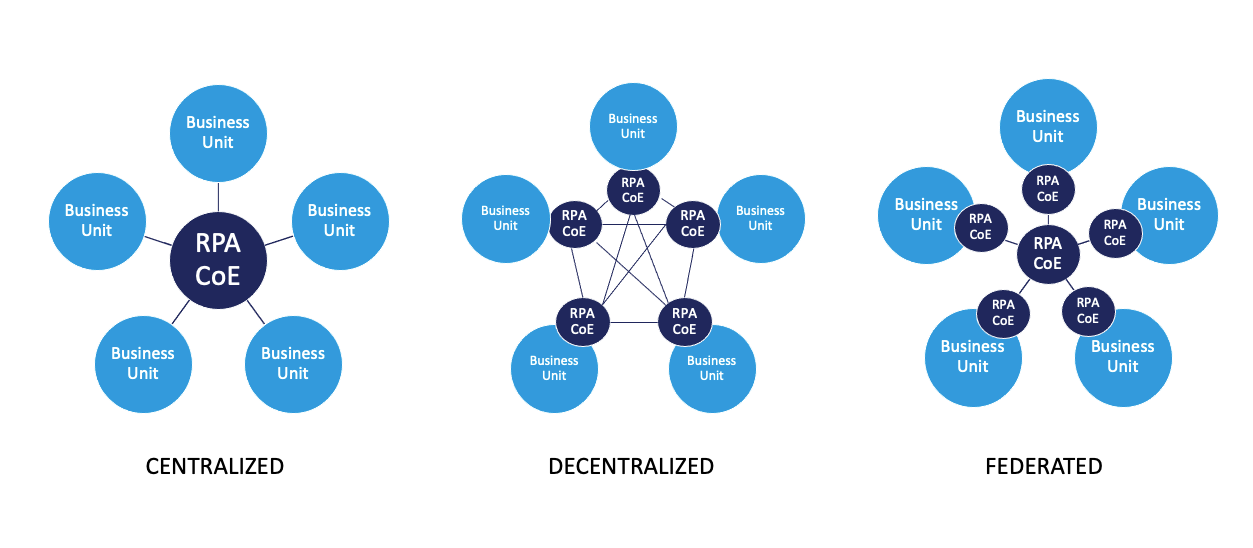
Business users designing and delivering automations would explicitly understand what’s expected and deliver simple, yet high-quality automated processes.
Centralized Digital Documentation
A central repository to digitally document and monitor all automations in production would also mitigate the risks of AI-assisted RPA delivery. Akin to a digital twin, this would ensure visibility and understanding of what you have in your RPA estate.
Low-quality automations, increased maintenance issues, and redundancies could all be mitigated with a central location to document and monitor all automations, particularly those built by business users with low-code/no-code platforms or AI assistance.
Conclusion
The mass and widespread introduction of AI-assisted RPA delivery is not just inevitable—the beginning is already here. The benefits are indeed lucrative, however the risk factors like low-quality automations, increased maintenance and support, redundancies, a lack of control, and inflated costs can be just as significant.
To mitigate those risks, automation practices will have to further reinforce their RPA governance models and make greater efforts to improve their automation digital documentation protocols.
Share this
Recent Stories
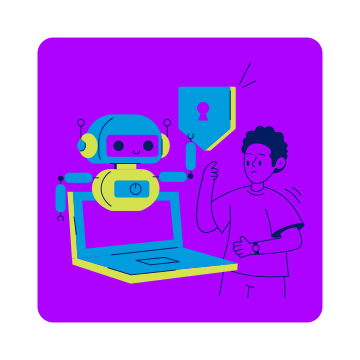
How to Manage Automation Sprawl
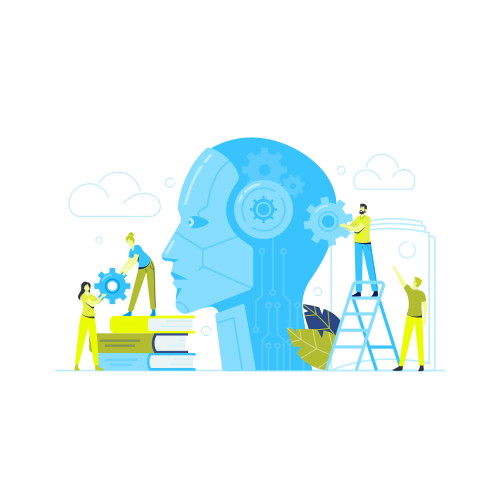
Agentic AI: A Promising Evolution, But Not Without Limits
